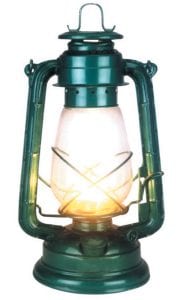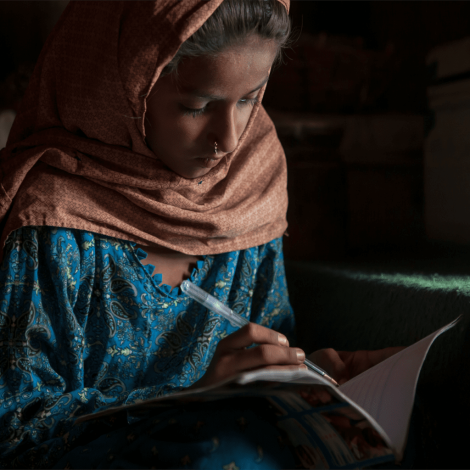 India has almost achieved the historic goal of connecting every household to the electricity grid. The next challenge is to provide 24-7 power for everyone. According to a new independent study by the International Institute for Sustainable Development (IISD) and The Energy and Resources Institute (TERI), switching subsidies from kerosene to off-grid solar products would improve electricity access for households still reliant on kerosene.
India has almost achieved the historic goal of connecting every household to the electricity grid. The next challenge is to provide 24-7 power for everyone. According to a new independent study by the International Institute for Sustainable Development (IISD) and The Energy and Resources Institute (TERI), switching subsidies from kerosene to off-grid solar products would improve electricity access for households still reliant on kerosene.
I grew up in a small town of northern India, not for from the capital city of Delhi, in the early 1990s. Looking back, it wasn’t unusual for the electricity to be cut off for more than 24 hours at a time. I remember distinctly taking my high school examinations (called CBSE board examinations in India) while studying by the light of a kerosene lamp, or a hurricane lantern, or both. Not only were these sources of light very harmful in terms of the inhalation of kerosene fumes and the poor quality light for our eyesight, but also there was a constant threat of the glass chimney breaking and setting our belongings on fire.
Switching subsidies from kerosene to off-grid solar products would improve electricity access for households still reliant on kerosene.
Fast forward to present times, millions of households continue to use kerosene lamps despite the success of SAUBHAGYA, the Indian government’s ambitious plan from 2017 to connect every household to electricity. Kerosone remains popular during outages or, in some cases, because it is cheaper than electricity. The report by TERI and IISD shows that financial support off-grid solar could be made directly to households, through manufacturers or as subsidized credit through financial institutions.
This is where energy products in Engineering for Change’s Solutions Library come in. Products such as Biolite Solar Home 620 and WOWSolar 100, among others can be employed at household levels to provide clean and reliable sources for alternate light and energy in the face of unpredictable power supply in places, such as rural India.
Products such as Biolite Solar Home 620 and WOWSolar 100, among others can be employed at household levels to provide clean and reliable sources for alternate light and energy.
An earlier report, a joint publication by IISD and TERI in July 2018, explored the business case for a subsidy swap. This new 2019 study goes further by providing a six-step implementation plan for governments. The first three steps provide options on:
- Funding,
- Targeting recipients
- Selecting solar products
The next steps are presented as three separate pathways depending on whether the government chooses to subsidize consumers, manufactures or financial products.
Policy efforts like the above by the governments, combined with innovative solutions and financial mechanisms, shall go a long way in assisting India’s transition to clean and reliable power for all and achieving SDG7, ensuring access to affordable, reliable, sustainable and modern energy for all.

